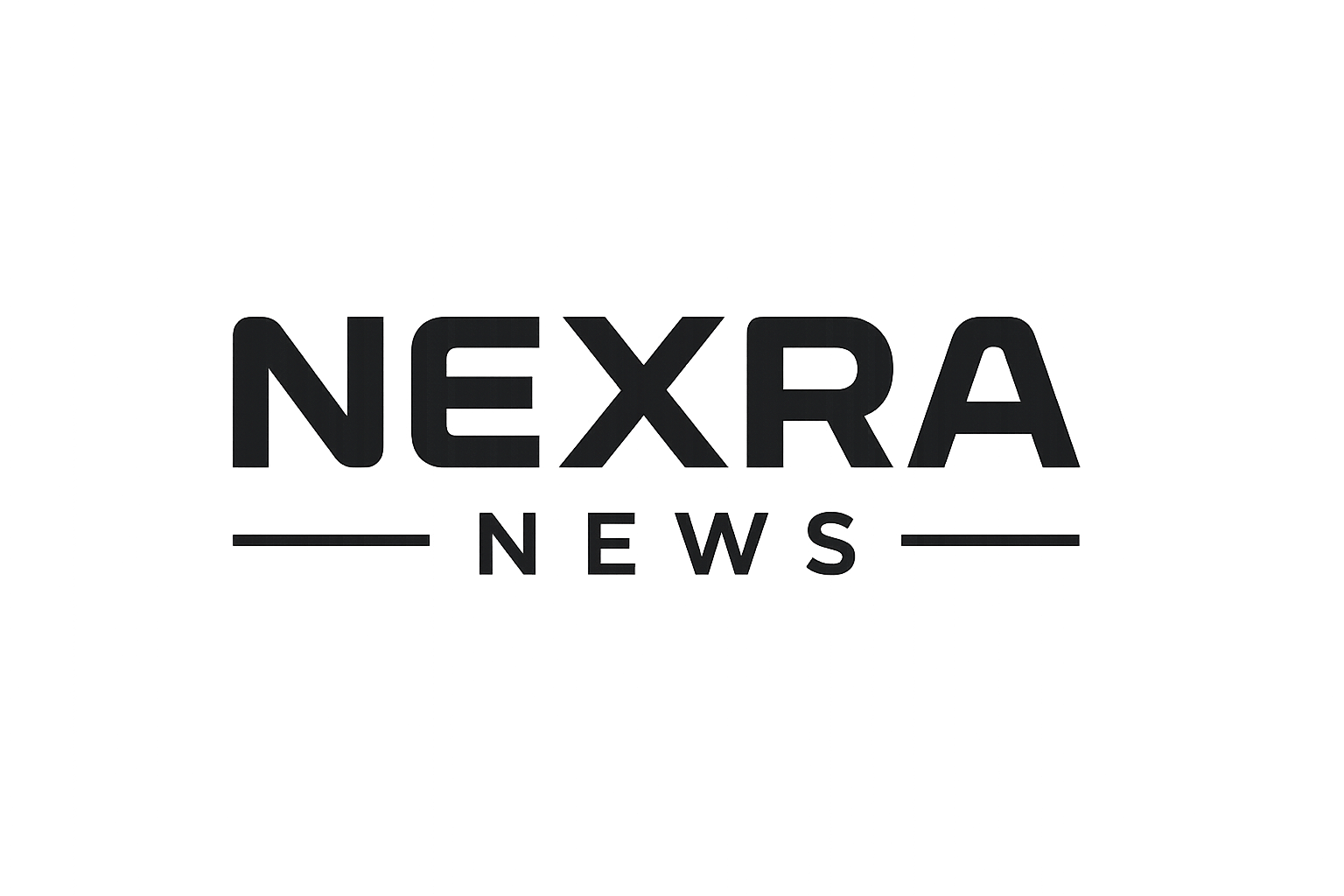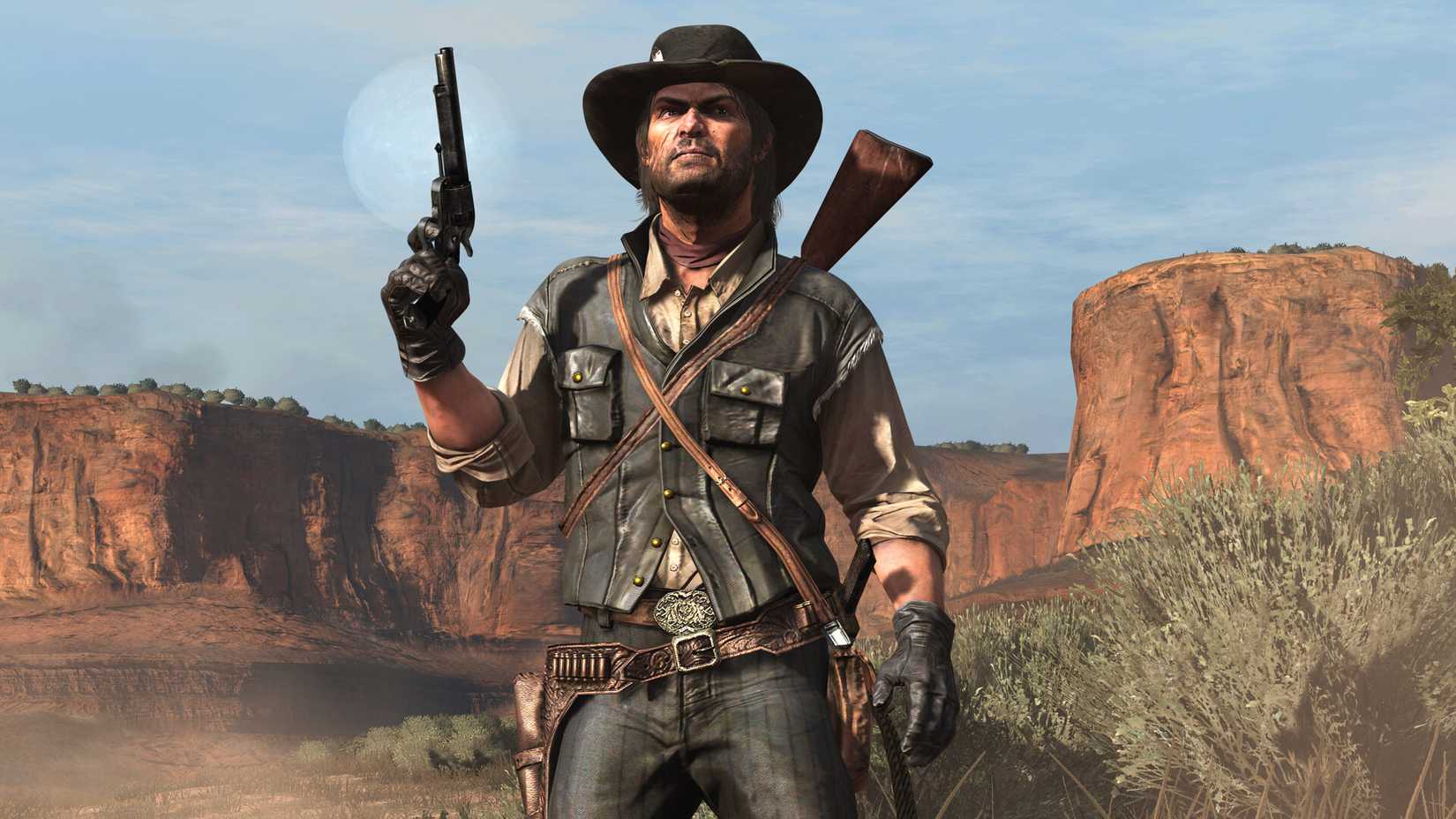Surprise Red Dead Redemption Update Points to a New Platform Launch — Here’s What the ESRB Signals
A quiet but telling update has fans of Red Dead Redemption buzzing. A new ESRB rating page for the original 2010 classic has appeared, listing PlayStation 5, Xbox Series X|S, and Nintendo Switch 2 as target platforms. It’s separate from the already-rated PS4 and Switch versions (released in 2023), from the backward-compatible Xbox 360 build, and from the 2024 PC release—strongly suggesting that a native current-gen port is in the cards.
If true, that means John Marston’s story is poised to ride again where it arguably belongs in 2025–2026: on modern consoles, with modern expectations for performance, input features, and convenience. It would also offer Rockstar a well-timed goodwill beat amid the industry’s most scrutinized release schedule.
Why This Listing Matters More Than a Footnote
Ratings boards are not marketing departments; they are compliance checkpoints. When a new entry appears that’s split from older platform submissions and mapped to new hardware families, it usually implies that a distinct build is being prepared. The new page doesn’t reinvent the content description—it mirrors the language fans saw for the recent ports, including references to zombies, a near-certain nod to Undead Nightmare being bundled in again. But the platform list is the story: PS5, Xbox Series, and Switch 2 in one place.
For console players, that answers a longstanding frustration. You can play RDR on Series X|S via backward compatibility, and you can play the PS4/Switch port—but there hasn’t been a native current-gen console version that unifies modern features across the board. This listing is the clearest sign yet that gap may close.
What a Current-Gen Port Could Realistically Deliver
No one should expect a full remake. The ESRB text suggests content parity with the latest ports. Still, a native PS5/Series/Switch 2 release can bring valuable upgrades:
Performance targets that make sense today. A 60fps performance mode is table stakes on PS5/Series X and a sensible goal for Series S, with a 30fps cinematic fallback for resolution/quality-first players.
Cleaner image quality. Even without wholesale asset swaps, modern TAA solutions, higher native resolutions, and platform-level upscalers can deliver a notably sharper, steadier image than backward-compat modes.
Faster loading. NVMe-class storage slashes boot and fast-travel times, turning long hauls into quick hops.
Controller features. Haptics and adaptive triggers on PS5 can add tactile nuance to horseback cadence, lasso tension, and revolver kick.
Broader language and accessibility options. Current-gen SKUs often fold in expanded subtitle settings, colorblind aids, text sizing, and controller remaps.
Trophy/achievement support baked for the new SKUs. A fresh list can re-energize completionists and streamers.
On Switch 2, the conversation shifts from parity to playability on the go. A modern handheld/console hybrid with stronger silicon and VRR-friendly displays means a portable RDR that doesn’t feel like a technical compromise. If Undead Nightmare is included—as the ESRB text implies—portable zombie hunts become a legitimate selling point.
Why Now? The Context Around Rockstar’s Pipeline
Timing is part optics, part logistics. With Grand Theft Auto 6 now slated for November 2026, Rockstar has a long runway to keep its catalog talking without over-promising on brand-new projects. The studio has already moved to buoy engagement with strategic catalog beats (e.g., GTA 5 re-enters subscription libraries), and an RDR current-gen pass fits the same playbook: low narrative risk, high nostalgia upside, and a clear value proposition to players who’ve wanted a clean, modern way to replay Marston’s redemption arc.
At the same time, fans have loudly asked for a current-gen enhancement to Red Dead Redemption 2. A native RDR port doesn’t cancel that ask; if anything, it proves Rockstar is willing to do focused technical work on legacy titles. The obvious question becomes whether RDR2 gets a similar treatment—60fps modes, faster loads, and platform niceties—after RDR’s re-debut. Nothing in the ESRB entry confirms that, but the market demand is undeniable.
The Case for Red Dead in 2026: Why the Game Still Hits
Fifteen years on, Red Dead Redemption remains a masterclass in tone and restraint. It’s not bigger than modern sandbox giants; it’s tighter. Its success was never about a checklist; it was the clarity of a man’s past colliding with a world that doesn’t want him to change. That clarity is what makes a polished port meaningful:
The writing holds. Dialogue beats—quiet, unsentimental, often funny—age better than spectacle.
The world breathes. Day-night cycles and wildlife patterns still sell a frontier that feels lived-in, not merely generated.
The pacing respects players. Long rides are part of the story’s grammar. Higher frame rates and instant loads enhance that grammar instead of rewriting it.
A modernized port is less about adding new tricks and more about removing friction that time has exposed.
Reasonable Expectations vs. Wish Lists
Reasonable:
Native executables for PS5/Series/Switch 2
60fps performance mode on PS5/Series X (and possibly Series S with compromises)
Faster loads, improved TAA/AA, modest texture/shadow refinements
Bundled Undead Nightmare
Modern save, trophies/achievements, and accessibility options
Wish List:
Photo mode with full camera controls
Optional high-frame-rate VRR targets above 60 on capable TVs
DualSense-specific haptic profiles and per-weapon trigger curves
Optional film-grain and color grading toggles to match 2010 vs. 2023 ports
Seamless save migration for owners of PS4/Switch versions (license-based entitlements)
The ESRB entry itself doesn’t promise any of the above; it only surfaces platform intent. But it does set expectations that a port will be more than backward compat while staying less than a remake.
What This Could Mean for Pricing and Bundles
Rockstar has experimented with price points for legacy content. A sensible path would be a standard edition bundling Undead Nightmare at a mid-tier price, with upgrade discounts for owners of the PS4/Switch port or the PC version (where applicable platform rules allow). Platform-specific launch bundles—controller plates, themed faceplates, or digital cosmetics—are easy wins for visibility without content risk.
Signals to Watch Next
A formal announcement that clarifies performance targets and feature parity across platforms.
Capture-based comparisons showing frame pacing and input latency improvements versus backward-compat play.
Platform-specific features (e.g., DualSense haptics, Quick Resume behavior on Xbox, portable performance targets on Switch 2).
Availability timing—whether the release is synchronized across all three platforms or staggered to align with Switch 2’s broader launch calendar.
Bottom Line
A fresh ESRB listing for Red Dead Redemption that names PS5, Xbox Series X|S, and Switch 2 is the clearest breadcrumb yet toward a native current-gen release. Expect content parity with recent ports—including Undead Nightmare—paired with performance, load-time, and controller enhancements that respect modern hardware. It’s not a remake, but it doesn’t need to be. If Rockstar delivers a clean, thoughtful port, John Marston’s ride into the modern sunset could be one of 2026’s most satisfying returns—and a smart way to keep the conversation warm on the road to GTA 6.



